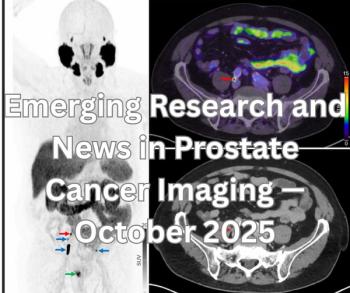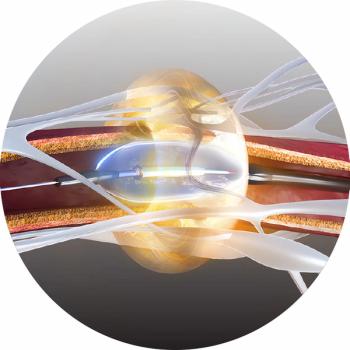
PI-RADS Version 2 Plus MRI/US Biopsy For Prostate Cancer
Utility of both PI-RADS version 2 and MRI-ultrasound fusion biopsy for diagnosing prostate cancer.
The Prostate Imaging Reporting and Data System (PI-RADS) version 2 used in conjunction with MRI-ultrasound fusion biopsy performs well in diagnosing clinically significant prostate cancer, according to a study published in the
Researchers from Korea sought to prospectively assess the use of PI-RADS plus MRI-ultrasound fusion biopsy when diagnosing men with prostate cancer. A total of 295 patients with 478 lesions participated in this study. All men underwent multiparametric MRI and subsequent MRI-ultrasound fusion biopsy. The lesions were assessed by using an overall score of PI-RADS version 2. One radiologist assessed the presence or absence of clinically significant prostate cancer in the whole gland and in subgroups of the peripheral zone and transition zone by using cutoff values of ≥ 4 and ≥ 3. Histologic examination of MRI-ultrasound fusion biopsy specimens was used as the reference standard. Sensitivity, specificity, positive predictive value (PPV), negative predictive value (NPV), and accuracy were calculated to assess the utility of PI-RADS version 2 for the diagnosis of clinically significant prostate cancer.
The results showed that the overall PI-RADS version 2 scores provided an accuracy of 82.2% (393/478 lesions) for the whole gland, with a cutoff value of ≥ 4 granting sensitivity of 90.0% (90/100), specificity of 80.1% (303/378), PPV of 83.3% (90/108), and NPV of 81.8% (303/370). The overall scores showed accuracies of 84.7% (301/355) in the peripheral zone and 74.7% (92/123) in the transition zone. When we applied an arbitrary overall score of ≥ 3, accuracy was 68.6% (328/478), sensitivity was 94.6% (124/131), specificity was 58.7% (204/347), PPV was 51.6% (124/240), and NPV was 85.7% (204/238).
The researchers concluded that PI-RADS version 2 had an overall good performance for the diagnosis of clinically significant prostate cancer.
Newsletter
Stay at the forefront of radiology with the Diagnostic Imaging newsletter, delivering the latest news, clinical insights, and imaging advancements for today’s radiologists.
































